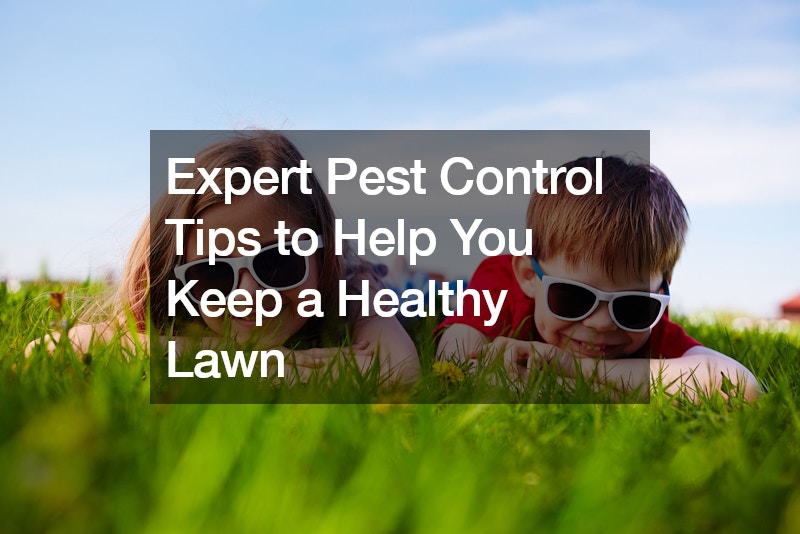Disclaimer: Benro Properties. This site provides home improvement content for informational purposes only.
Maintaining a healthy lawn requires a proactive approach to pest control. One of the first steps is to regularly inspect your lawn for signs of pest activity. Look for areas where the grass appears damaged or discolored, as this can indicate the presence of pests, like grubs, chinch bugs, or sod webworms.
Early detection is key to preventing extensive damage, and addressing these issues promptly can save your lawn from significant stress.
Integrating pest control into your regular lawn care routine is essential. This includes proper mowing, watering, and fertilizing practices, which can strengthen the grass and make it less susceptible to pests. Overwatering, for example, can create a favorable environment for pests and diseases, while under-watering can weaken the grass, making it more vulnerable. Applying the right amount of fertilizer can also enhance the lawn’s resistance to pests by promoting robust growth.
Another effective pest control strategy is the use of natural predators and beneficial insects. Introducing nematodes or ladybugs can help control harmful pest populations without the need for chemical treatments. Additionally, maintaining healthy soil through aeration and organic matter can support a thriving ecosystem that naturally keeps pest numbers in check. Consulting with a pest control professional can provide tailored solutions and treatments that suit your specific lawn conditions, ensuring long-term health and vitality. By adopting these expert tips, you can enjoy a lush, pest-free lawn that enhances the beauty and value of your property.

